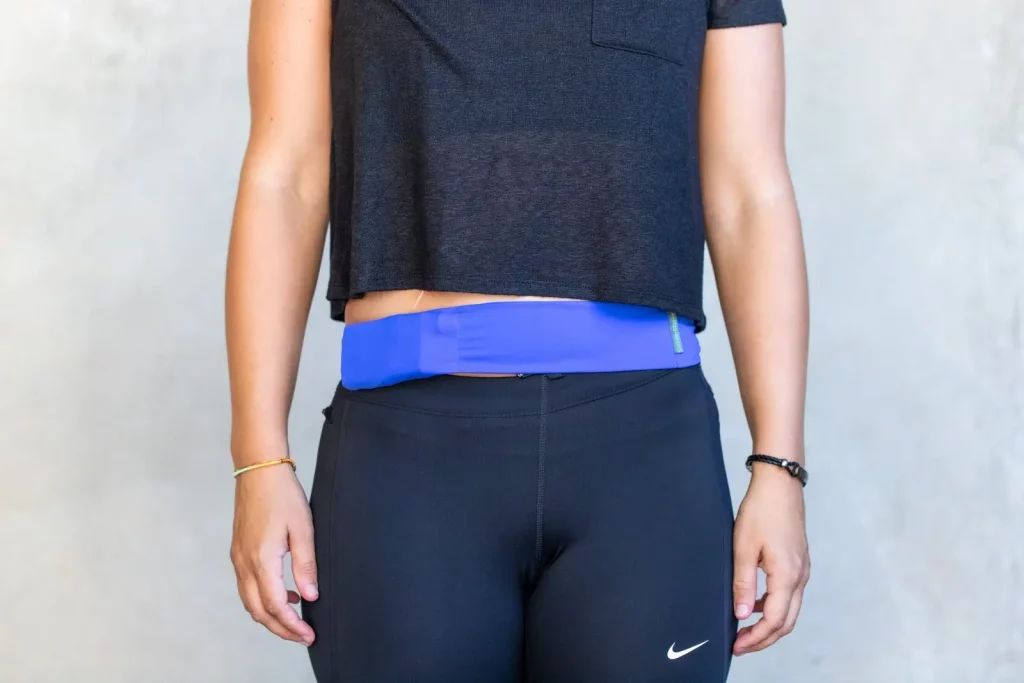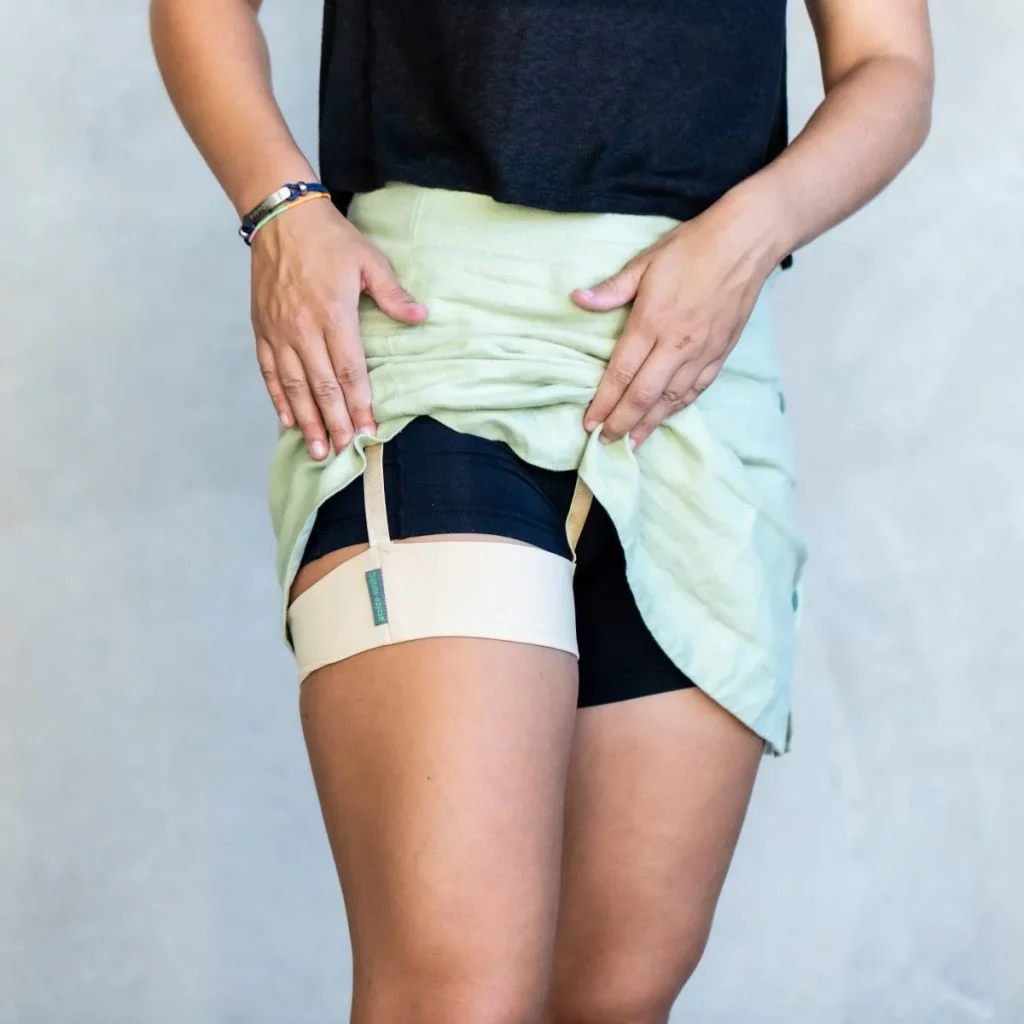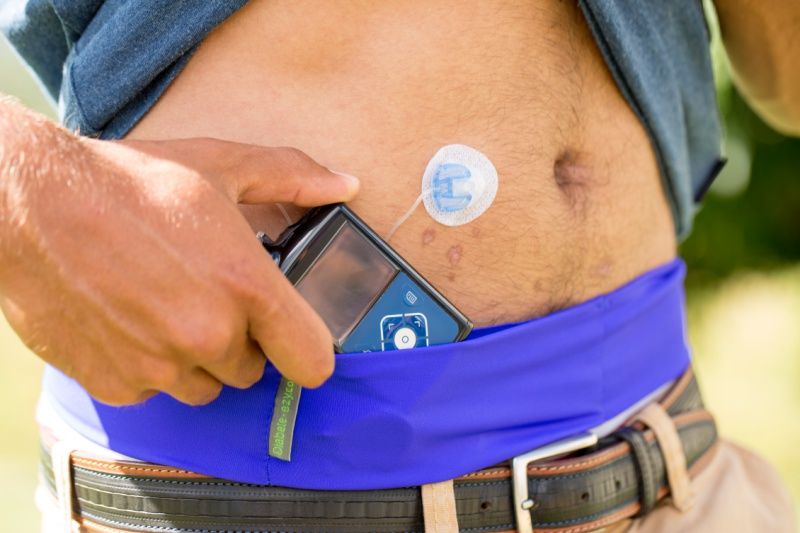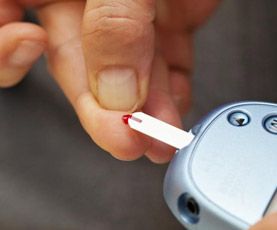Enhancing Athletic Performance and Diabetes Management with Insulin Pump Sports Belts
Living an active and healthy lifestyle is an important part of many peoples lives, including individuals with diabetes. For some, exercise can be an essential component in managing their diabetes, but it can present unique challenges for those who rely on insulin pumps to regulate their blood sugar levels. Carrying an insulin pump during exercise and sports can be cumbersome and uncomfortable, hindering athletic performance. However, insulin pump sports belts offer a practical and convenient solution to this issue, making it much easier for people with diabetes to stay active.
Understanding the Challenges
One significant challenge is the need for insulin management during physical activity. Insulin is crucial for regulating blood sugar levels, and individuals who use insulin pumps rely on them to deliver a steady and precise supply of insulin throughout the day. During sports or workouts, managing an insulin pump can be difficult, especially if it’s not securely and comfortably positioned.
Traditional methods of carrying insulin pumps, like clips or pockets, can be inconvenient during physical activity. They might fall off, cause discomfort, or hinder movement. These challenges can lead to hesitation in engaging in physical activities or sports, which in turn can compromise overall health and well-being.

The Solution: Insulin Pump Sports Belts
Insulin pump sports belts have emerged for individuals with diabetes who wish to maintain an active lifestyle. These specialised belts are designed to securely hold insulin pumps in place, ensuring comfort, freedom of movement, and easy access to the pump during sports.
What Are Insulin Pump Sports Belts?
Insulin pump sports belts are essentially fabric belts with secure pockets or compartments designed to hold insulin pumps comfortably and securely. They are typically made from breathable and moisture-wicking materials to enhance comfort during physical activity.
These belts offer a practical and discreet solution for carrying an insulin pump while engaging in various sports and workouts. They keep the pump close to the body and prevent it from bouncing or shifting during movement, ensuring consistent insulin delivery.

Types of Insulin Pump Sports Belts
- Waistband Insulin Pump Belts: Waistband insulin pump belts are worn around the waist, providing a secure and discreet way to carry the insulin pump. They often come with a designated pocket that fits the pump snugly. The belt can be adjusted for a comfortable fit, and some may even have additional pockets for other essentials like glucose monitoring devices or keys.
- Leg Insulin Pump Belts: Leg insulin pump belts are worn around the thigh or calf, providing an alternative carrying option for those who prefer not to have anything around their waist. These belts securely hold the insulin pump in place on the leg, offering flexibility and comfort during physical activities.
- Arm Insulin Pump Belts: Arm insulin pump belts are designed to be worn around the upper arm, providing a discreet and convenient way to carry the insulin pump. They offer easy access to the pump while ensuring it remains secure and in place during movement.
Choosing the Best Insulin Pump Belt for Sports
Selecting the right insulin pump sports belt is crucial to ensure comfort, functionality, and seamless integration into an active lifestyle. Here are some factors to consider when choosing the best insulin pump belt for sports:
- Comfort and Fit:
- Importance: Engaging in sports means moving, stretching, jumping, or even colliding. The last thing you need is a belt that chafes, causes itchiness, or restricts movement.
- What to Look For: Soft materials or stretchy fabrics can provide comfort while maintaining the structure needed to hold the pump securely. A good belt should conform to the body’s contours and should not have rough seams or edges.
- Size and Adjustability:
- Importance: People have different body shapes and sizes. Furthermore, insulin pumps themselves come in various sizes. A belt needs to be versatile to accommodate this variability.
- What to Look For: Velcro fasteners, elastic sections, or buckle mechanisms can provide adjustable fittings. Ensure the adjustability mechanism is durable and won’t wear out quickly.
- Durability and Quality:
- Importance: Sports activities can be intense and demanding. A belt that wears out quickly or loses its elasticity can be unreliable and may risk the security of the insulin pump.
- What to Look For: Double stitching, reinforced edges, and quality material choice (like high-grade neoprene or durable elastic) are indicators of a well-constructed belt. Checking user reviews can also give insight into the longevity and durability of the product.
- Accessibility and Ease of Use:
- Importance: During a game or workout, time is of the essence. People with diabetes need quick and easy access to their insulin pump to monitor and adjust as necessary.
- What to Look For: A clear and secure viewing window can be beneficial, allowing users to view settings without removing the pump. Also, zippers or Velcro openings should be easy to operate, even with sweaty hands.
- Additional Features:
- Pockets: Look for mesh pockets or zippered compartments that can securely hold essentials without adding unnecessary bulk.
- Reflective Elements: Especially for those who enjoy early morning or evening workouts, reflective strips or logos can enhance visibility to drivers or cyclists.
- Moisture-wicking properties: This helps in drawing sweat away from the body, ensuring the user remains dry and reducing potential discomfort or skin irritations.
- Integrated tubing management: Some belts offer features that help keep insulin tubing tucked away and organised, preventing it from getting caught or tangled during activities.

Conclusion
For individuals with diabetes, managing insulin levels while engaging in physical activity is paramount for their overall health and well-being. Insulin pump sports belts offer a practical and effective solution to the challenges of carrying an insulin pump during sports. They enhance comfort, provide a secure fit, and allow for easy access to the insulin pump, empowering individuals to embrace an active and healthy lifestyle without compromises.
Investing in the right insulin pump sports belt can significantly enhance athletic performance, making it easier for individuals with diabetes to lead an active life while effectively managing their blood sugar levels. Embrace the convenience and freedom these belts offer, and take a step towards a healthier and more fulfilling life for those with diabetes.




















LEAVE A COMMENT